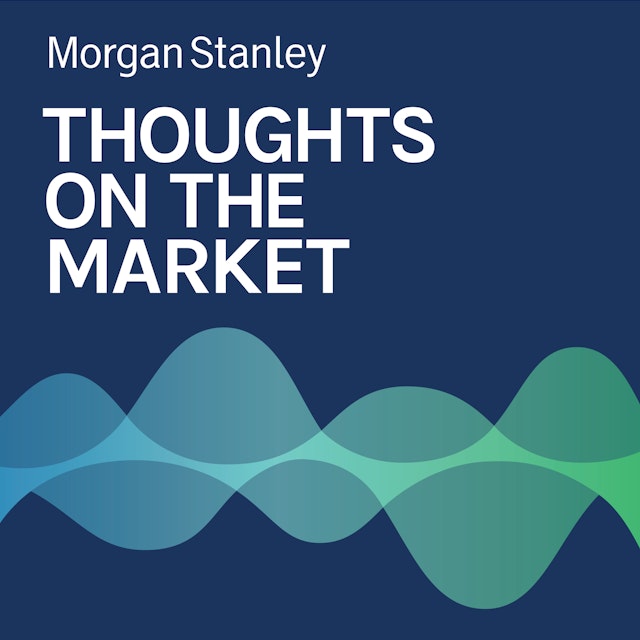As the U.S. economy remains resilient in the face of continued rate hikes, investors may wonder if the Fed will re-accelerate their policy tightening or if cuts are on their way.
----- Transcript -----
Welcome to Thoughts on the Market. I'm Sarah Wolfe from the U.S. Economics Team. Along with my colleagues, bringing you a variety of perspectives, today I'll be talking about the economic response to the Fed's monetary tightening. It's Tuesday, February 28th, at 1 p.m. in New York.
The Fed has been tightening monetary policy at the fastest rate in recent history. And yet the U.S. economy has been so remarkably resilient thus far that investors have begun to interpret this resilience as a sign that the economy has been less affected by monetary policy than initially expected. And so recession fears seem to have turned into fears of re acceleration.
Of course, interest sensitive parts of the economy have largely reacted as expected to the Fed hiking interest rates. Housing activity responded immediately to higher interest rates, declining significantly more than in prior cycles and what our models would imply. Consumer spending on durable goods has dampened as well, which is also expected.
And yet other factors have bolstered the economy, even in the face of higher rates. The labor market has shown more resilience since the start of the hiking cycle as companies caught up on significant staffing shortfalls. Households have spent out excess savings supporting spending, and consumers saw their spending power boosted by declining energy prices just as monetary tightening began.
As these pillars of resilience fade over the coming months, an economic slowdown should become more apparent. Staffing levels are closing in on levels more consistent with the level of economic output, pointing to a weaker backdrop for job growth for the remainder of 2023 and 2024. Excess savings now look roughly normal for large parts of the population, and energy prices are unlikely to be a major boost for household spending in coming months. Residential investment and consumption growth should bottom in mid 2023, while business investment deteriorates throughout our forecast horizon. We expect growth will remain below potential until the end of 2024 as rates move back towards neutral.
But even with more deceleration ahead, greater resilience so far is shifting out the policy path. We continue to expect the Fed to deliver a 25 basis point hike about its March and May meetings, bringing peak policy rates to 5 to 5.25%. However, with a less significant and delayed slowdown in the labor market, with a more moderate increase in the unemployment rate, the Fed's pace of monetary easing is likely to be slower, and the first rate cut is likely to occur later. We think the Fed will hold rates at these levels for a longer period rather than hike to a higher peak, as this carries less of a risk of over tightening.
We now see the Fed delivering the first rate cut in March 2024 versus our previous estimate of December 2023, and cutting rates at a slower pace of 25 basis points each quarter next year. This brings the federal funds rate to 4.25% by the end of 2024. With rates well above neutral throughout the forecast horizon, growth remains below potential as well. As for the U.S. consumer, while excess savings boosted spending in 2022 despite rising interest rates, we expect consumers to return to saving more this year, which means a step down in spending.
Thanks for listening. If you enjoy the show, please leave us a review on Apple Podcasts and share Thoughts on the Market with a friend or colleague today.
Podcasten Thoughts on the Market är inbäddad på denna sida från ett öppet RSS-flöde. Alla filer, beskrivningar, bilder och annan metadata från flödet tillhör podcastens ägare och är inte anslutet till eller validerat av Podplay.
